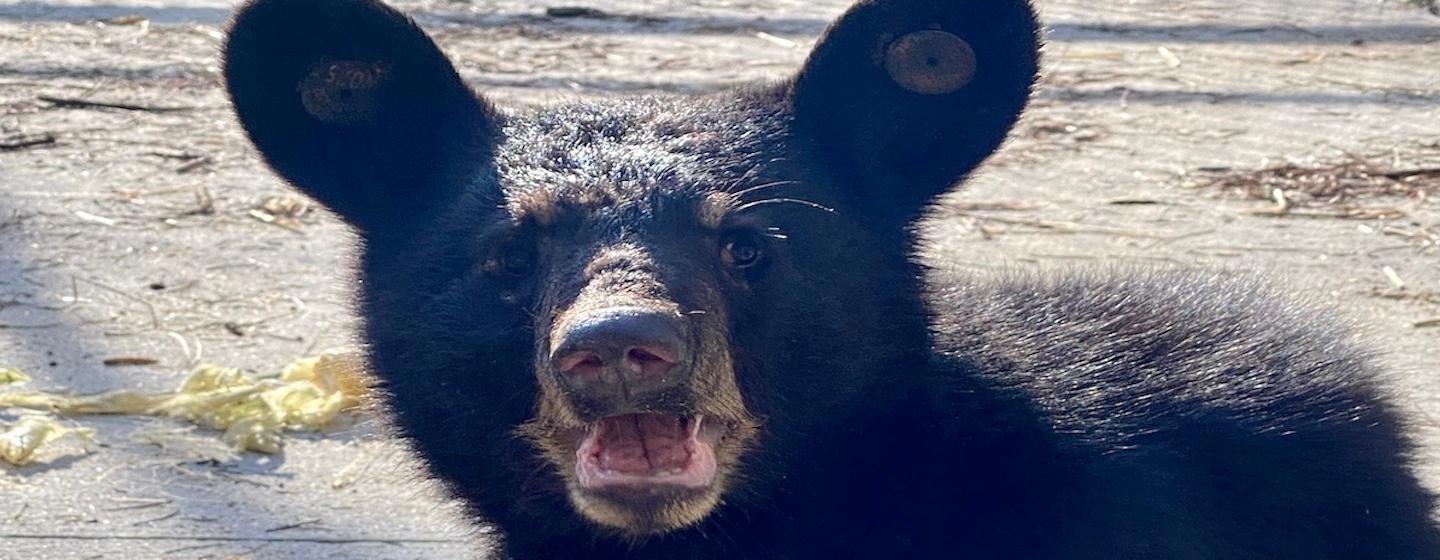Baby Bear Rescued By Museum of Life and Science


The female cub was about nine months old and weighed about 40 pounds when officials with the North Carolina Wildlife Resources Commission rescued her outside of Asheville. It appears she was abandoned.
An examination provided evidence the cubs wouldn’t be able to survive in the wild. So, since she couldn’t be released back to the forest, officials started looking for a new home where she could survive.
Enter Durham’s Museum of Life and Science.
“We are excited for the opportunity to rescue this bear from a difficult situation and try to give her a new home. We hope she can thrive and enjoy her life in a safe environment among other bears,” said Sherry Samuels, Director of Animal Care at the Museum.
The bear arrived at the Museum at the end of September and animal care staff moved her to a quarantine area behind the scenes. It’s a 30-day quarantine, but the cub was kept within eye and earshot of the museum’s adult black bears: Mimi (17), Gus (15) and Yona (12).
That semi-close contact helped introduce the cub to the museum’s other black bears. Black bears are solitary by nature, so the introductions are very gradual.
Museum staff quickly began calling her “Little Bear” not only because of her age but her small stature. The little cub weighed about one-tenth of Gus, who currently weighs in at around 415 pounds.
Four veterinarians (one attending, one exotics resident, one anesthesia resident, and one radiology resident) from NC State College of Veterinary Medicine performed a full-body physical on “Little Bear” as well as a blood draw for further blood work. The team also vaccinated the cub and did an ultrasound to be sure the cub’s internal organs were in proper working order.
The exam helped guide the museum’s team of veterinarians in addressing some health issues the cub was suffering.
“This little bear has health challenges we are working to solve and manage throughout the introduction period and beyond. We’re seeing progress and hope this continues as she adjusts to her new home,” Samuels said. “We’re excited to be at this next step where she is interacting as she should.”
The veterinary care helped “Little Bear” gain almost 20 pounds. She’s now been given full access to explore the Museum’s black bear habitat.
“There are few things more exciting at the Museum than the arrival of a new animal like this bear,” said Carrie Heinonen, CEO and President of the Museum. “As an institution committed to conservation and animal welfare, we’re thrilled and honored to give her a new home. She has captured our hearts, and we expect she’ll have those of the whole community before long.”
It’s been while since the Museum welcomed a cub. The most recent was Yona, back in 2009.
To learn more about how to live responsibly with bears and keep them wild, go to BearWise.org.